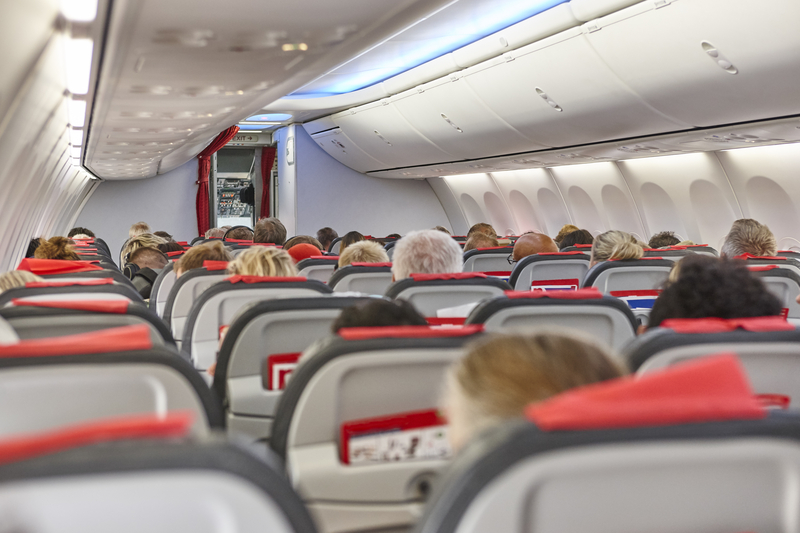A previous version of myself travelled through Africa in my 20s.
It was everything you’d hope from an African adventure. I got to see the amazing scenery, did multiple game drives, shopped in local food markets, and spent four weeks camping across 11 different countries from Egypt down to South Africa.
It was spectacular in every way, but I’d never do it again.
I would definitely visit Africa again, but the things I was able to tolerate in my 20’s are no longer of interest to me. I don’t lament this reality, but it does guide me going forward: what are the things I’m ready, willing and able to do now, that won’t be available (or desirable) 20 years from now?
To be clear, at this point, it is not really about physical limitations. I am still capable of the physical challenges of a camping trip across Africa – I just don’t have the desire to do it that way any more. I want to sleep in a modest, but comfortable hotel room every night – not on the ground in a tent for weeks on end.
I’m glad I did the trip in my 20’s, but my next adventure to Africa will be a bit different.
The desire or willingness to do a certain type of travel, or visit a particular destination is only ONE of the things that can change as we get older.
Five years after my African adventure, I was scheduled on another overland trip, this time starting in London, quickly traversing Europe, and then travelling through Turkey, Syria, Jordan, Iran, Pakistan, and India before finishing in Kathmandu, Nepal. This is a trip I had put off a year already, so I was pumped and ready to go.
My departure date: September 20, 2001.
Needless to say, my plans changed quickly, and it is unclear if I will ever get a chance to visit those places again.
Geopolitical events and our own personal health limitations are the most common reasons that come to mind when considering what could curtail our travel. Most of us have already considered some of these potential factors.
However, our own levels of tolerance and (im)patience also change over time, and we often fail to anticipate those changes.
Air travel is a perfect example.
I travelled to Australia when I was 20 years old – in coach. I was (and still am) over six feet tall, so I don’t fit well into airline seats at the best of times. I somehow managed to squeeze myself into a seat at the back of the plane for the series of long flights (you couldn’t go direct in those days).
I can’t do that today. Anything over five or six hours requires me to pay extra to upgrade my seat OR jump through all the ridiculous hoops to get a ticket on points. Flying long-haul in seat without even a tiny bit of extra space is not an option that is available to me anymore – I can’t cope.
As one of my clients once commented, “travel is not for sissies, and flights are the true test”.
If you’re like me, your tolerance goes down a little bit every year. There will come a point where no matter how badly I want to visit a place, the logistics of flying there will rule it out. Of course, there are always creative ways to break up flights or other modes of transportation to far off destinations, but those things add extra time, expense, and logistics. It is certainly possible, just not as easy as doing it while I still have the desire and tolerance to go.
You need to realistically assess your own changing abilities and attitudes about the places you want to go, and how you’ll travel there.
If a cruise to Antarctica with multiple landings on the continent is on your bucket list, you need to do that while you’re still willing and able to scramble in and out of zodiac landers.
If you have dreams about travelling the world in retirement, you need to realistic about things you’ll be willing and able to do.
You need a long-term travel plan, not just a bucket list.
Remember, a dream without a plan is just a wish… and wishes rarely come true.
See what people are saying about this and join the conversation on Facebook: https://www.facebook.com/AgeWithAdventure/posts/166027698306580


